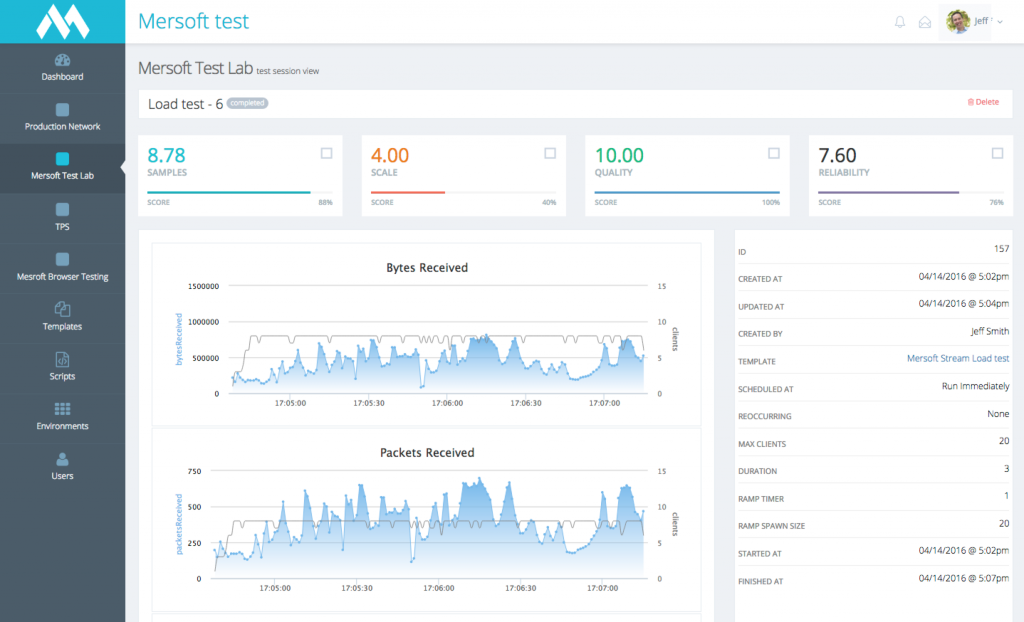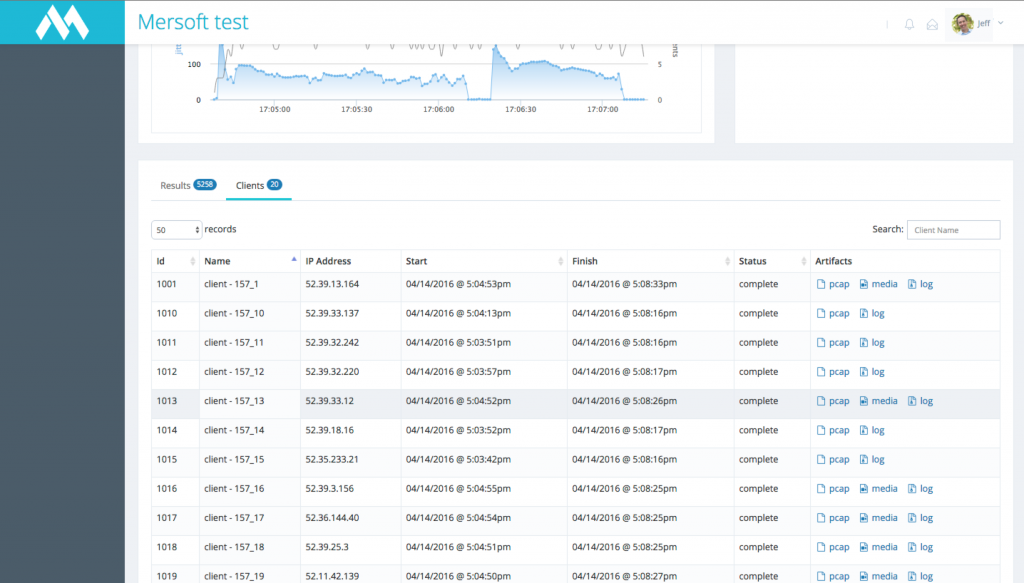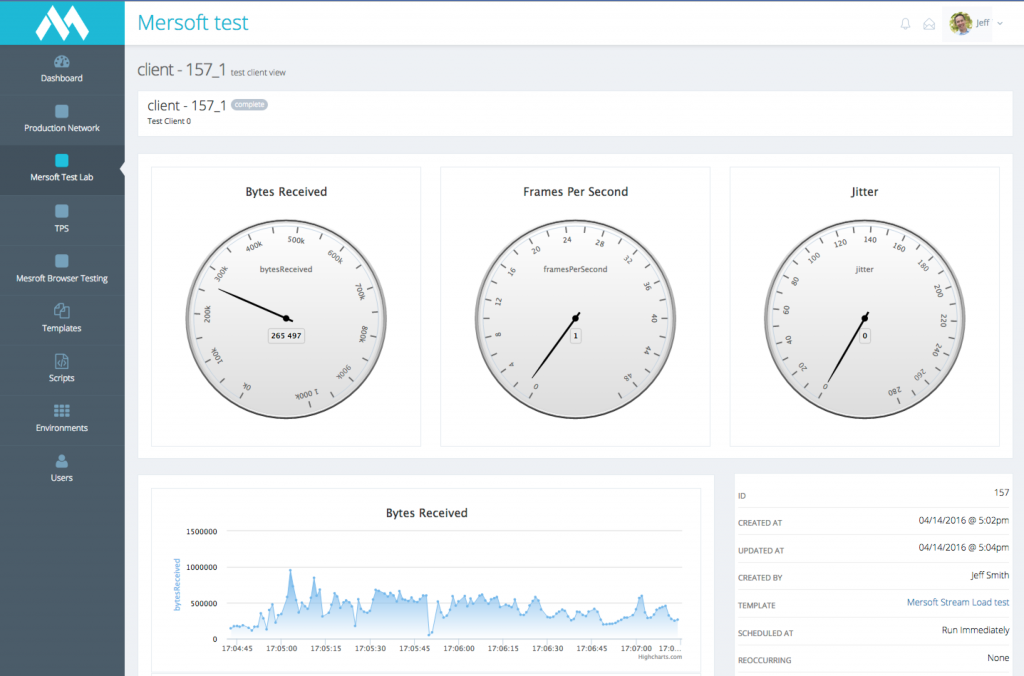Product Announcement – Mersoft stream™ and Mersoft move™ version 1.4
FOR IMMEDIATE RELEASE – NOVEMBER 2, 2017
Mersoft announces the newest release of its popular and innovative products, Mersoft stream™ and Mersoft move™ version 1.4.
The engineering team of this Kansas City technology company has disrupted the market again with new features including:
- Faster client response time with a new source-switch feature that allows the user to select another camera to view without re-establishing the connection to the client application.
- Increased performance when connected to RTSP and secure RTSP (RTSPS) devices for better response and the ability to connect to more types of cameras than ever before.
- Better handling of lower-quality streams with what we call the “Kenny Rogers Method.” Mersoft improved it’s ability to maintain a low-quality connection (knows when to hold ‘em) and better at deciding when to end the connection ( knows when to fold ‘em).
- Easy viewing of recorded media with speed up, slow down and seek to a specific time.
- Faster HLS streaming thanks to optimized connections to Amazon Simple Storage Solution (S3) and the Amazon Content Delivery Network (CDN)
- Updated to the latest WebRTC engine, squashed several bugs and one renegade spider which is actually not a bug.
Mersoft stream™ is incredibly flexible. It runs in the cloud run by the expert team at Mersoft. It can be hosted in a client’s datacenter. Now, with this release, Mersoft can run on a home hub and on the camera itself. With flexible pricing options and a talented system integration team, it’s never been easier for companies to integrate new live media.
Mersoft CEO Ron Sloop commented, “The Mersoft product team has succeeded again. This is a significant release, packed with new features that have particular value in the smart home, connected health and video surveillance markets. We’re very proud of the team and already getting significant attention especially from companies who are frustrated with their current technology and ready for a big step forward.“
To learn more, visit https://mersoft.com, or email [email protected] to arrange a discussion or demo.












